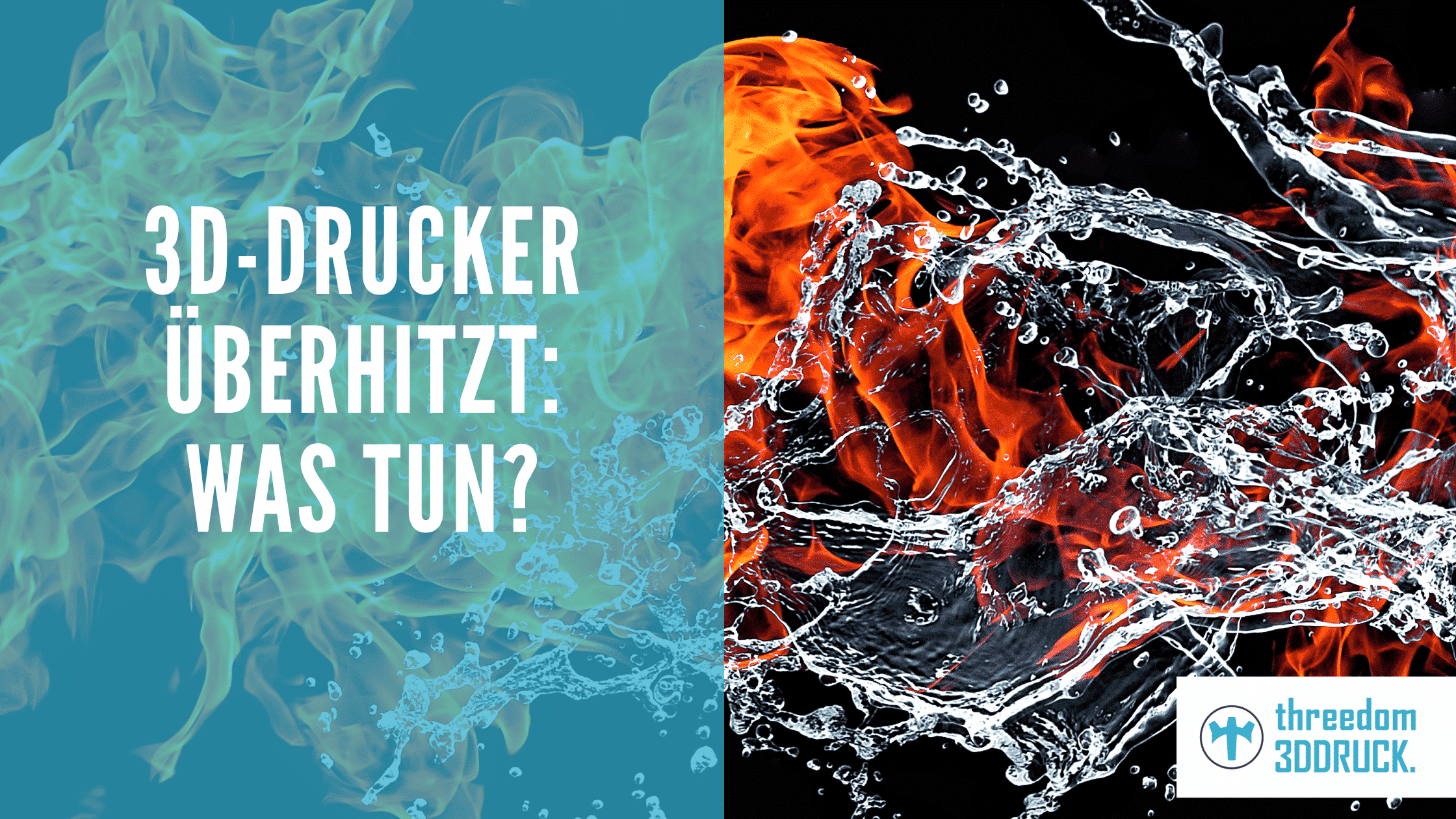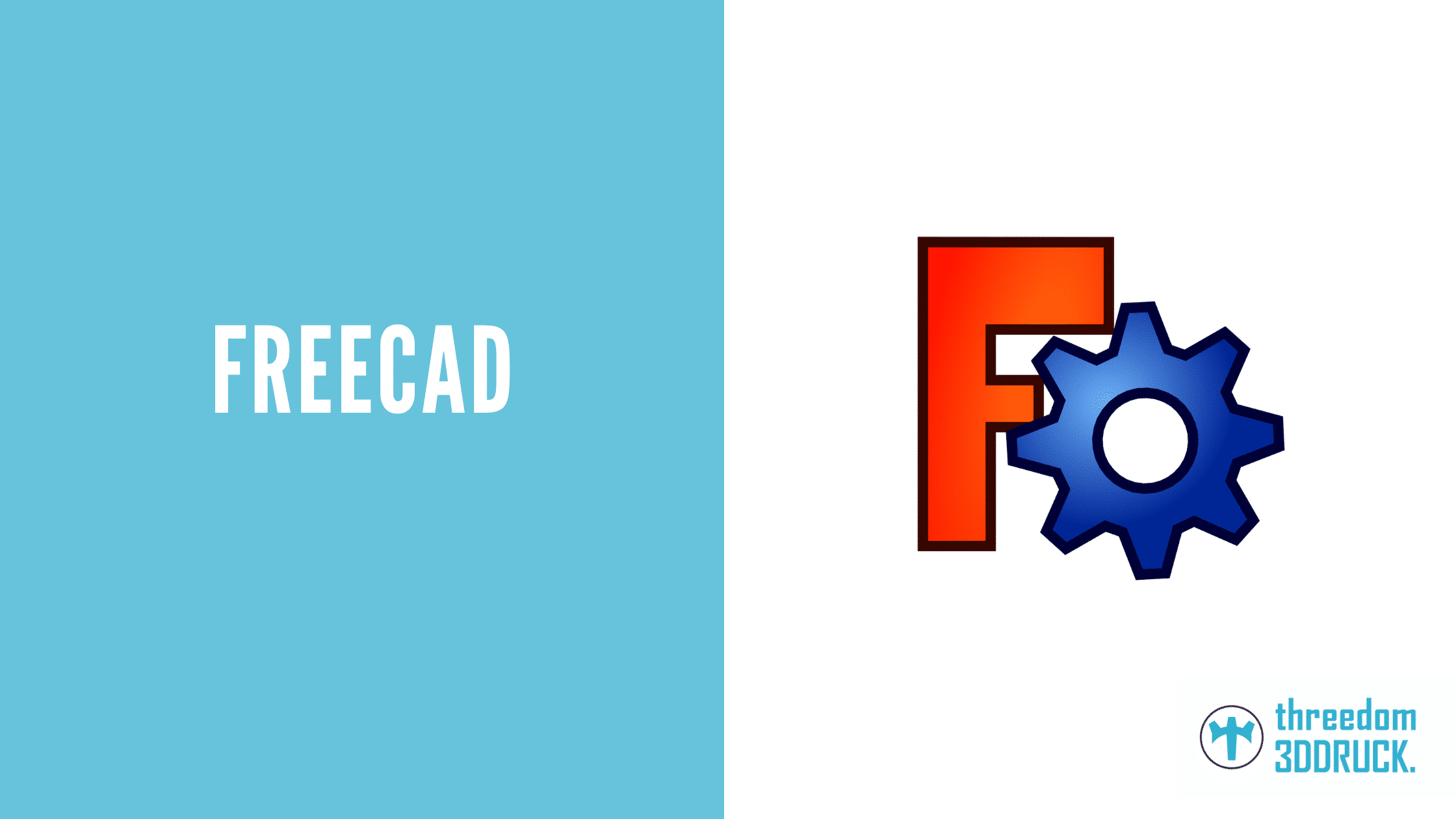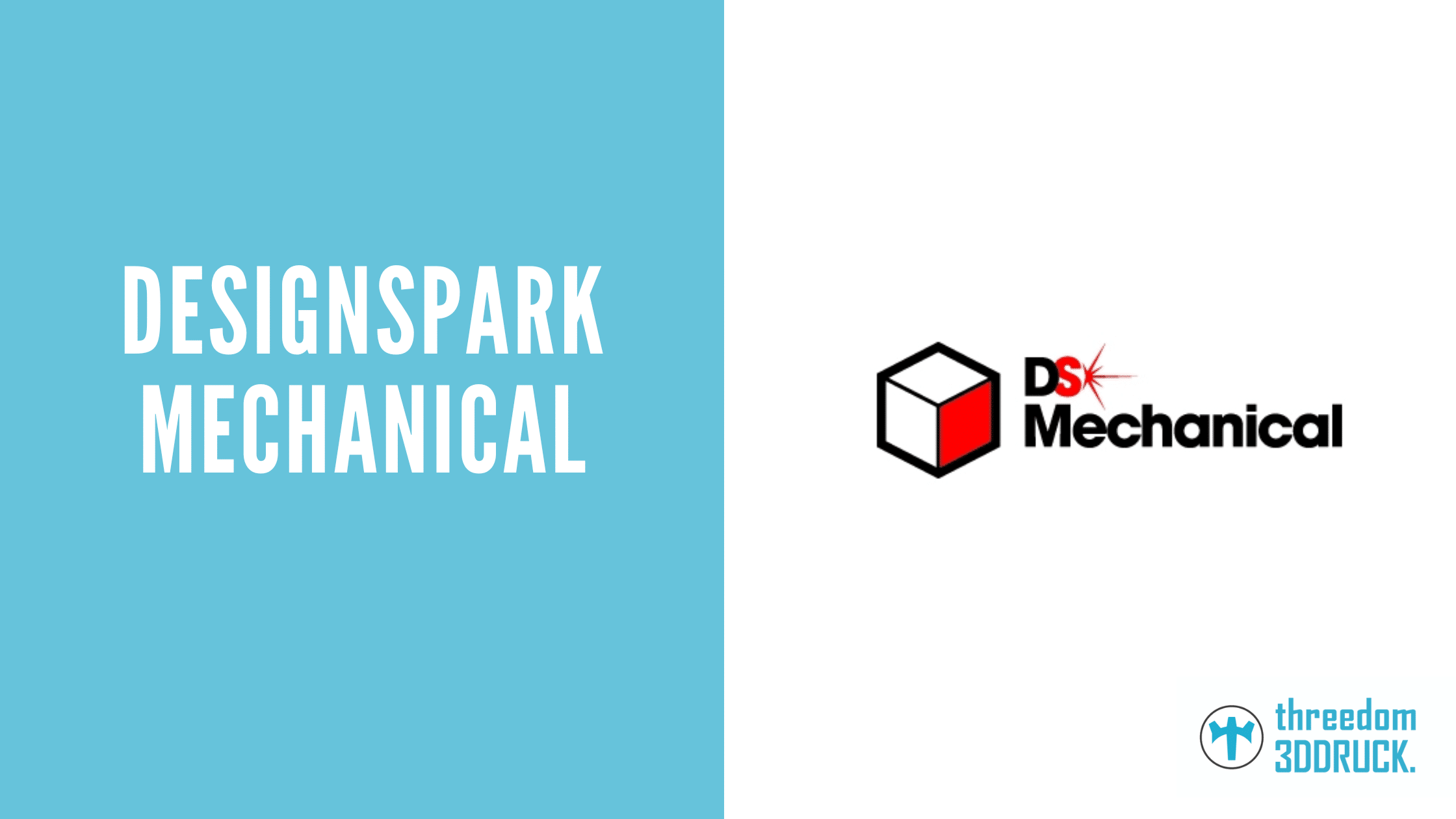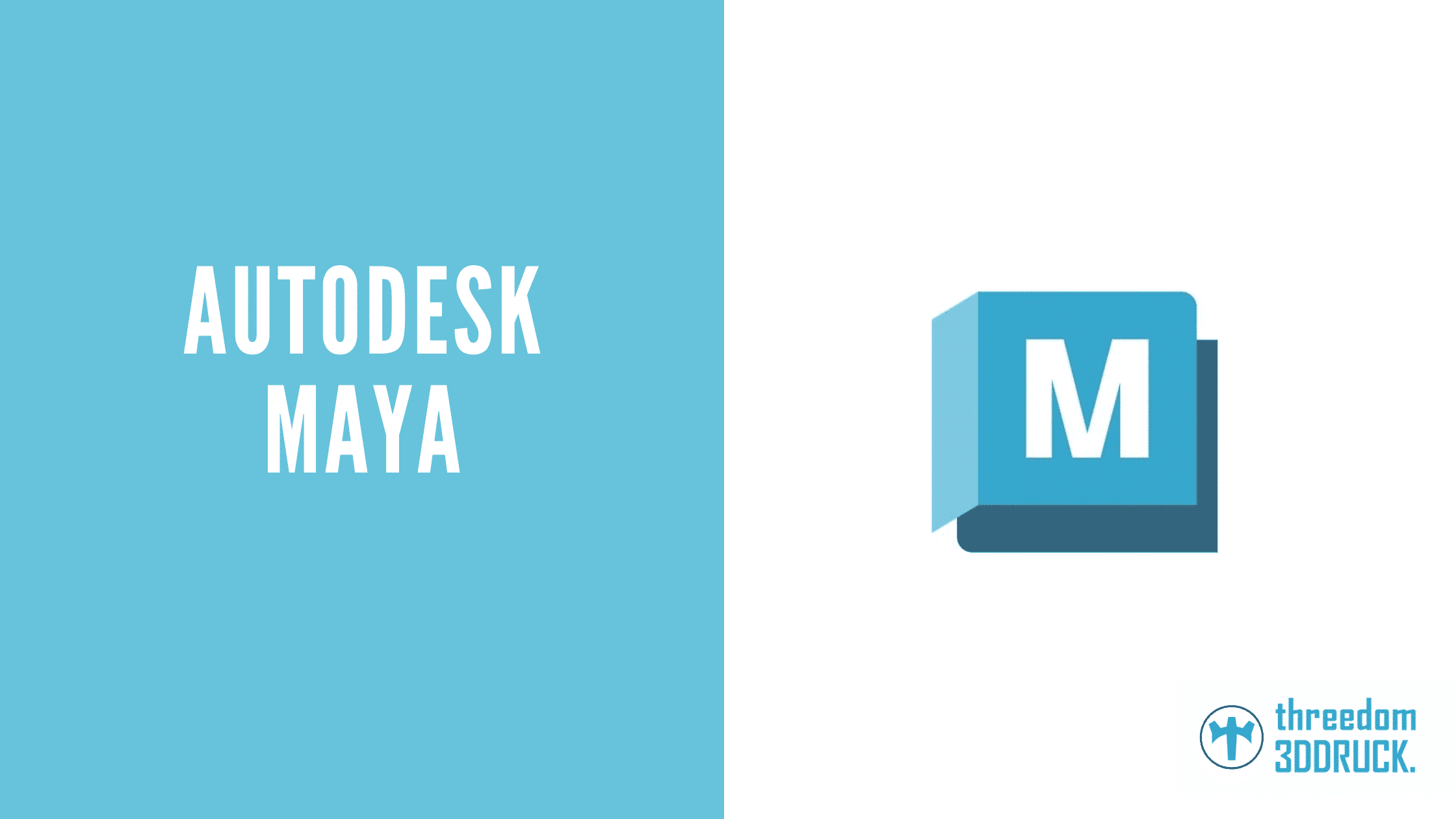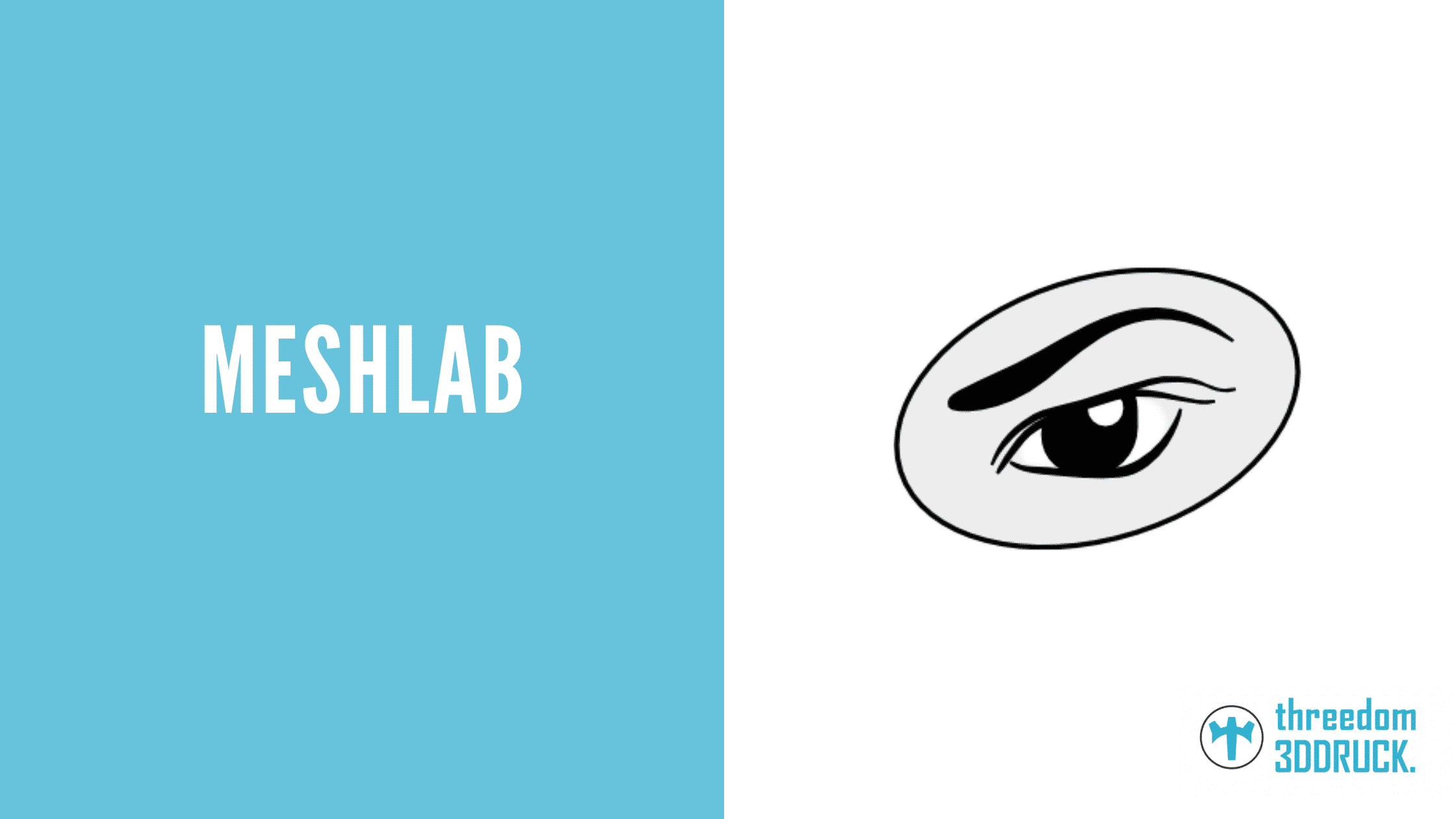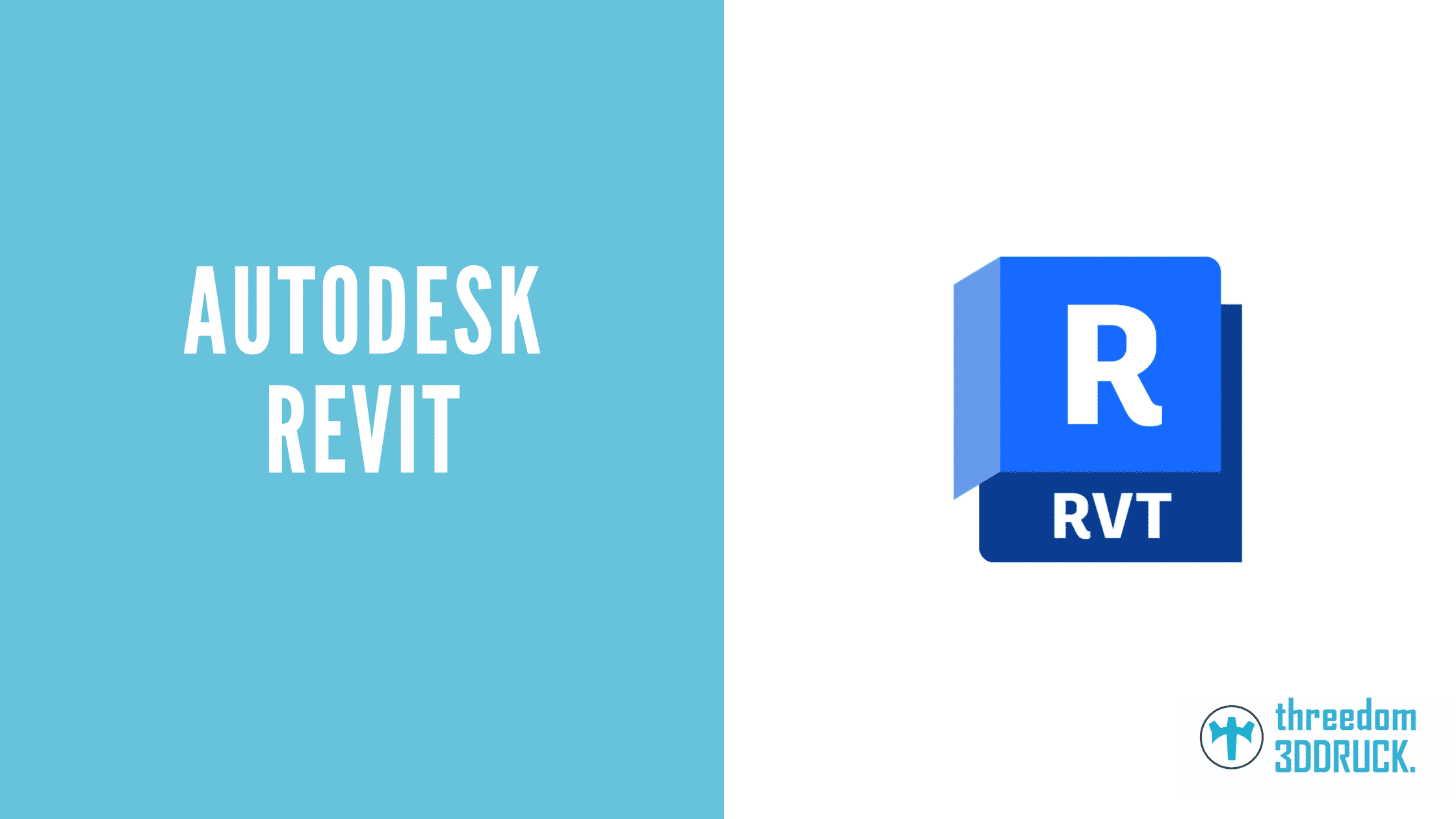Laser cutting: Basics, Processes & Alternatives
Laser cutting is a process that is used in numerous industries and sectors. This process refers to the cutting of various solids, which can consist of very different materials. The process is used particularly frequently, for example, where especially fast and precise processing is required. How exactly laser cutting works, which processes are used and where the advantages and disadvantages lie, you will find out in the following.
The most important in a nutshell
- Laser cutting is a so-called separating manufacturing process, which is also called laser beam cutting
- Today, modern laser technologies enable the cutting of almost all conceivable materials such as metals and organic materials
- Laser cutting uses different types of lasers such as CO2 lasers, solid-state lasers or fiber lasers
- A distinction is made in this process between different methods such as 2D laser cutting, 3D laser processing or laser flame cutting
What is laser cutting?
As mentioned at the beginning, laser cutting is a separating manufacturing process. Various solids are cut through here by means of laser radiation. A distinction is made between continuous laser radiation and pulsed laser radiation by material ablation. Nowadays, the process can be used to cut through numerous different materials such as metals or even organic materials. This usually requires only minor adjustments, for example in the intensity of the radiation or the wavelength.
Laser cutting is used in a wide variety of areas and industries. Mostly wherever complex structures need to be shaped quickly and precisely. Laser cutting is characterized above all by the low amount of force required for processing. This makes this process a more economical method than, for example, traditional die cutting.
Laser types
Focused high-power lasers are used for laser cutting. Nevertheless, very different types of lasers come into question. For example, the CO2 laser, also called a gas laser, is particularly common. In the meantime, however, the so-called ND:YAG lasers or solid-state lasers and the particularly efficient fiber lasers are also increasingly in use.
CO2 laser
The CO2 lasers or gas lasers have been in use for many decades and were first developed in 1964. Along with solid-state lasers, CO2 lasers are among the most powerful and, at the same time, most widely used laser devices in industry. The major difference to the solid-state laser is mainly that this laser works with an actual kinetic molecular vibration. In the solid-state laser, on the other hand, this is ensured by the excitation of electrons in the atoms. Depending on the intensity of the laser, these beams are suitable for cutting thin and organic materials such as textiles, wood or plastics, among others. However, CO2 lasers are also used in glass processing.
Nd:YAG laser (solid state laser)
The Nd:YAG laser was also developed as early as 1964. The full name is actually neodymium-doped yttrium aluminum garnet laser. Undoubtedly a cool name, but also a little “unwieldy”. Lasers of this type are solid-state lasers that use a YAG crystal equipped with a shorter wavelength than CO2 lasers. This makes it possible to guide the laser beam through a fiber optic cable and not have to rely on deflection mirrors. Applications for the Nd:YAG lasers include micro-drilling, precision cutting of sheet metal, materials testing and even medicine.
Fiber laser
Strictly speaking, a fiber laser is also a solid-state laser. In this case, the core of an optical fiber forms the active medium. By directing the beam through a laser-active fiber, it is enormously disturbed due to its long length. As a result, the fiber lasers have unique properties such as a particularly long service life, a virtually maintenance-free design and outstanding beam quality. Fiber lasers are therefore used in numerous different areas. For example, in welding and cutting, but also for medical purposes, for labeling components or for signal regeneration in data transmission via fiber optics.
Functionality
For a look at how a laser beam cutter works, it is first necessary to look at the individual components. We have listed the main elements of a laser cutting machine below:
- Laser beam source
- Laser beam guidance
- Processing head (focusing optics)
- Cutting nozzle
The laser beam is generated by the light source and guided to the focusing optics at the processing point in various ways, depending on the type of laser. If the laser is a CO2 laser, for example, this work is performed by the so-called deflection mirrors. With a fiber laser, on the other hand, an optical fiber cable is used for this purpose. Identical in both cases is that the focusing optics provide for the bundling of the laser beams in one focus. In this way, the intensity required for cutting the materials is ultimately generated. This jet is emitted via the cutting nozzle, which in the traditional sense is usually made of copper.
Laser cutting process
In laser cutting, a distinction can be made between different high-speed processes. There are differences mainly in the type of process gas used or with regard to the possible temperature at the surface of the respective material. Depending on the aggregate state of the material, we speak, for example, of laser beam fusion cutting or laser beam flame cutting. Short explanations of the individual procedures can be found below.
2D laser cutting
2D laser cutting is particularly well suited when plate-shaped materials are used. In this case, 2D laser cutting can be used to process almost any material at a manageable cost. Especially when machining small series or small quantities, this process can show its strength compared to conventional processes.
3D laser processing
3D laser machining is a process that is mainly used when absolute precision is required. In this case, therefore, complex geometry is produced, where the dimensional accuracy must not be shifted in any case. As a rule, the machines for 3D laser processing also offer punching processing, so that several steps can be made possible in one operation. This process is used, for example, in the production of body shells or in the manufacture of three-dimensional apertures.
Pipe lasers
Individual laser cutting machines are used for so-called tube laser cutting. These offer the advantage that different methods of processing can be combined in one step. This makes it possible to machine tubes of almost any type and shape. Among them rectangular or square tubes, but also round and oval designs.
Laser sublimation cutting
If the material is a substance without a particularly pronounced molten state, laser sublimation cutting is used. In principle, the process is based on the evaporation of the material in question. This passes directly from the solid to the vapor state, thus bypassing the molten state. Sublimation cutting is therefore particularly popular for processing fiber-reinforced plastics, leather, textiles or wood, for example.
Laser Beam Flame Cutting
If ferrous metals are to be cut, laser flame cutting is usually the method of the wall. In this case, the material is not melted, but rather burned. For this purpose, the respective substance is brought to the ignition temperature. The advantage over laser beam fusion cutting here lies primarily in the higher speed. In addition, the cut edges are usually completely burr-free.
Laser beam fusion cutting
The most important thing in laser beam fusion cutting is the particular process gas. This must be a very inert or inert gas, which should prevent the oxidation of the material in question. At the same time, this serves to protect the focusing optics during cutting. In the further course, a melting of the material takes place with a subsequent blowing out of the liquid. This process is used particularly frequently, for example, in the machining of aluminum alloys or stainless steel.
Scribing
Another laser beam-induced separation process is the so-called scribing. Scribing is one of the oldest processes of its kind. The process is used, for example, to make a scribe mark in rather brittle materials. The respective material is then broken on the basis of this scribe mark. Applications include cutting glass or processing semiconductor wafers.
Thermal Laser Separation (TLS)
Thermal laser separation, or TLS for short, can also be used to separate materials. In this process, thermal stresses are generated on the material along the respective cut-off line. In this way, a thermally induced fracture is brought about. This process is also used primarily for processing brittle materials such as ceramics, glass and semiconductor wafers.
Which materials can be lasered?
The development in the field of laser cutting has been impressive in recent years. Nowadays, it is possible to cut and engrave various materials with this process without any problems. Among them, various metals such as precious metals, steel or stainless steel. But also the processing of glass, ceramics, wood, textiles and leather is possible. Likewise the processing of silicone, ABS, polyester, acrylic and numerous other materials.
- Glass
- Ceramics
- Wood
- Textiles
- Aluminum
- Steel
- Stainless steel
- Leather
- Precious metals
- Acrylic
- Polyester
- ABS
- Silicone
- uvm.
Alternatives to laser cutting
Besides laser cutting, there are several other options in the field of cutting processes. We have listed the most popular and traditional alternatives here.
Punching
Punching is a cutting process used for the production of flat parts. Various materials such as sheet metal, textiles or cardboard can be used for this purpose. A punch press or hammer head is used to separate the individual punch-outs from the rest of the material.
Nibbling
Nibbling is similar to punching. However, no press or hammer is used here. Instead, the work is done by a punching tool, which is also called a nibbler. This can move in all directions to cut out complex shapes and was traditionally controlled by hand. In the meantime, however, electrically driven tools are also used.
Waterjet cutting
A very well-known alternative to laser cutting is so-called waterjet cutting. In this case, a high-pressure water jet is generated and the material is processed with the addition of an abrasive. In most cases, the abrasive is sharp-edged cutting sand. This process is particularly well suited for machining hardened steel, among other things, but also in leather processing, stone processing or plastics processing.
Dangers of laser cutting for the user
Laser cutting is not completely harmless to the user. Invisible laser radiation is used here, some of which is emitted at breathtakingly high power. This can lead to skin and eye damage not only in the case of direct contact, but also through scattered or reflected parts of the radiation. With Nd:YAG lasers in particular, there is also a risk that eye damage will not be detected. It is not the lens that is affected, but the retina, so that any damage often only becomes apparent after a long time.
Depending on the material used, attention should also be paid to possible gases or fumes that may be generated during machining. For reasons of occupational safety and environmental protection, the extraction should therefore be carried out directly at the respective cutting gap.
Advantages and disadvantages of laser cutting
Like any cutting process, laser cutting is associated with both advantages and disadvantages. You can see which ones they are below.
Advantages
- High flexibility thanks to easy adjustments
- Suitable for small series and prototypes
- Depending on the plant, processing of numerous materials possible
- More economical compared to punching, thanks to high material utilization
- Cutting and marking often possible with one beam source
High flexibility
Laser cutting grants a high flexibility. Often, for example, cutting and marking can be performed with only one beam source. Since additional materials can often be processed after only minor adjustments, this process is also suitable for small series and prototypes.
High efficiency
A clear advantage of laser cutting is also its high cost-effectiveness compared to conventional processes. The excess materials can be avoided. At the same time, existing materials are used more efficiently.
Plants enable processing of many materials
Equipment for laser cutting usually allows the processing of various materials. This makes it possible to serve different customers and provide them with precise cutting models in each case.
Disadvantages
- Plant construction costs can be high
- Intensive occupational safety measures necessary
- Potentially high energy consumption and electrical energy use
Construction of the plants associated with high costs
Setting up laser cutting equipment not only requires a certain amount of time. The costs are also not to be neglected. Depending on the scope and functionality, the costs can be horrendous and must be recouped over several years.
Occupational safety must be guaranteed
Laser cutting is a process that involves certain risks. For this reason, it is enormously important that occupational safety is guaranteed at all times. Appropriate training is necessary, and additional investments in occupational safety and environmental protection may also be required.
High energy input required
Depending on the components used, laser cutting is a very energy-intensive process. Thus, the gas requirement for inflation or for the process gas can be enormously high. Complementary to this, the operation of the laser beam source may require a high input of electrical energy.
Conclusion: Versatile and precise
Laser cutting is a widely used process for separating different materials. The advantages of this process include low costs and high utilization of the respective material. It is precisely in comparison with conventional methods such as punching that laser cutting performs so excellently. However, the construction of industrial plants is associated with horrendous costs. It is imperative that these be calculated accurately.
Frequently asked questions about laser cutting
Submit your laser cutting questions if you didn't find what you were looking for here. Over time, I'll build out the individual FAQ sections based on the submissions.
Other advisors:

